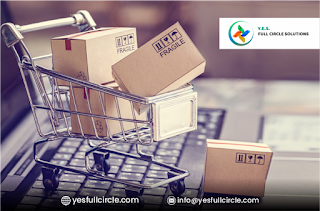How can Recycling Lead to Environmental Sustainability?

Over the last few decades, exploitation and degradation of the environment have drastically gone up at an alarming rate. Environmental problems such as global warming, waste disposal, air pollution, and water pollution are serious concerns for the environment. Fortunately, our nations and environmentally-conscious organizations have started taking action to protect the planet. To help, everyone should consider reducing the volume of waste generated, and to reuse materials whenever possible. Recycling is also one of the most effective ways to preserve our planet. Everyone should be involved to help recycling and sustainability impact deliver better results. Recycling and Sustainability As the concept and need for recycling become accepted by most, it is important to continue emphasizing how it affects sustainability. For example, recycling wood materials means that you do not need to cut more trees. It also helps to protect watersheds, biodiversity as well as maintain soil stabili...





